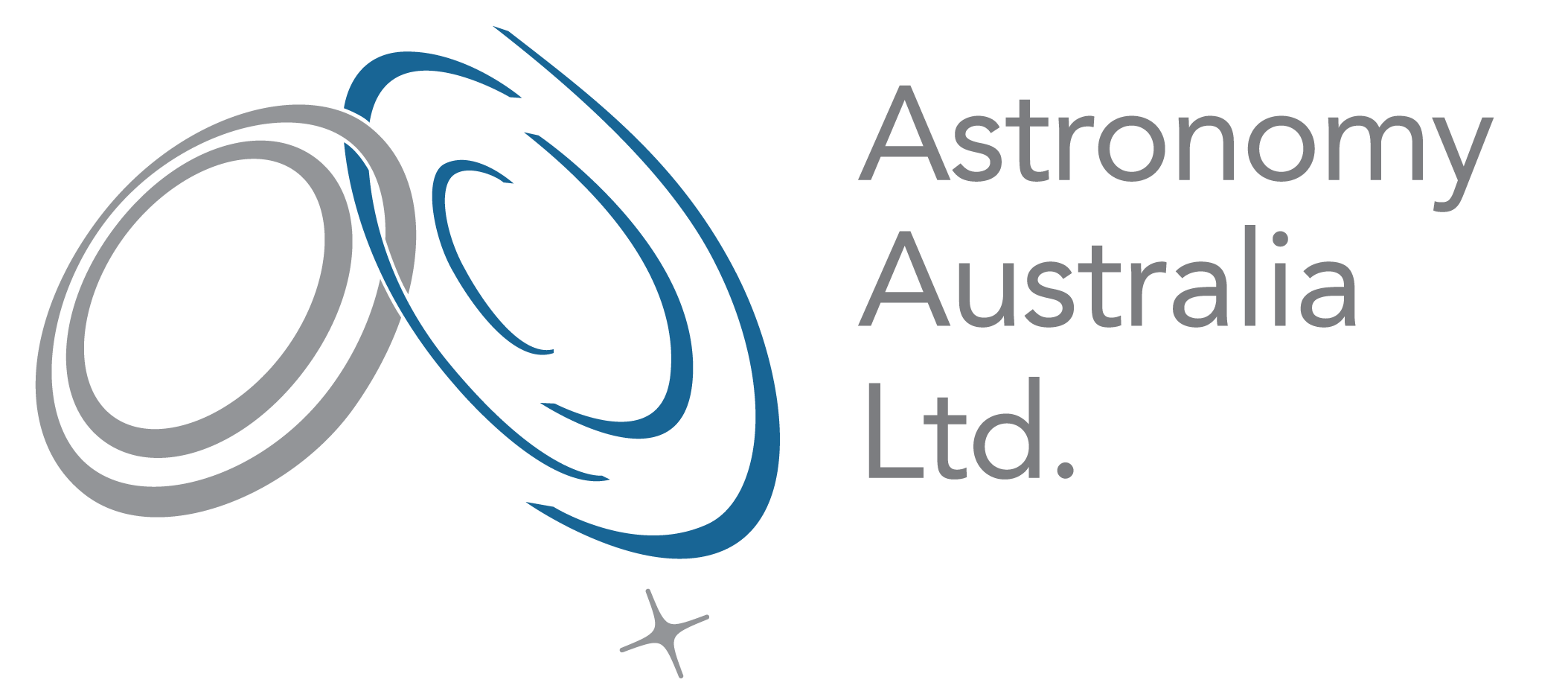In the era of big data, Australian astronomers have a powerful strategic advantage to help them extract insights from the immense data volumes that characterise modern astronomy.
Astronomy Data and Computing Services (ADACS) – delivered jointly by Swinburne University of Technology and Curtin University – was established by AAL in 2017 to remove the computational bottlenecks for astronomers that were creating barriers to scientific discovery. According to Dr Gregory Poole, ADACS Astronomy Data Science Coordinator, the team at ADACS allows scientists focus on their research without having to deal with managing their increasing amount of data. “For astronomers there is an ever increasing demand for more long-term and short-term data storage, computational cycles to process data or perform simulations, and the necessary codes for data processing and simulations,” he said.
“Once the data are processed, its curation and presentation to the outside world requires suitable databases, media and portals. These technical challenges are compounded by modern astronomy facilities that can generate raw data at over 100 terabytes per day, and their intermediate data products often tally to multiple petabytes per year.”
Recent recipients of ADACS expertise, Swinburne’s Associate Professors Edward Taylor and Michelle Cluver, will soon start an ambitious project to make a gravitational map of the Southern skies using the European Southern Observatory’s (ESO) VISTA telescope in Chile (as part of the 4MOST project). A similar program is being undertaken in the Northern hemisphere at a cost of $75 million (USD). “But we had to work out how we could do it on a much smaller budget,” Associate Professor Cluver said.
While Cluver and Taylor were successful in winning 235 nights over a five year period to complete their map of the Southern sky, they needed some help from ADACS to get started. Last summer, Associate Professor Taylor started preparing the groundwork for their project, which involved identifying which astronomical targets to focus on. “I can look at a patch of sky on my computer and achieve that but looking at 120,000 patches of sky would take 80 years,” he said. “Which is where the fantastic people at ADACS came in.”
The software engineers at ADACS helped to analyse all their data using Swinburne’s OzSTAR supercomputer, so that what might have taken 80 years could be done within just a few weeks. “It’s brilliant,” says Taylor, “over the summer break we found and measured something like 500 million stars and galaxies. Out of this, we then handpicked 5 million galaxies that we hope will help us create a 3D gravitational map of the Universe from the Southern Hemisphere, shedding light on how stars and galaxies form and die.” During the life of the project, Cluver and Taylor aim to measure the mass and motion of each galaxy, determining their distance from us. This will give astronomers a much greater understanding of our local universe (up to three billion light years away), which is currently a region that astronomers lack key information about.
The results of the project will also be highly relevant to other galaxy surveys undertaken at major Australian and international observatories, including the future Square Kilometre Array and Vera C. Rubin Observatory’s Legacy Survey of Space and Time (LSST).
As well as the essential work undertaken by resident software engineers, ADACS also provides training services for astronomers, teaching them important basic computing practices, as well as offering them content on new computational advances that could prove to be vital in future data analysis.
To see more about the services offered by ADACS, visit their website or see their YouTube channel ADACS Learning to view a series of their public webinars.
ADACS is funded under Astronomy National Collaborative Research Infrastructure Strategy (NCRIS) Program via Astronomy Australia Ltd (AAL).
See the article published in The Australian for more information on the project led by Associate Professors Edward Taylor and Michelle Cluver from Swinburne University of Technology.
